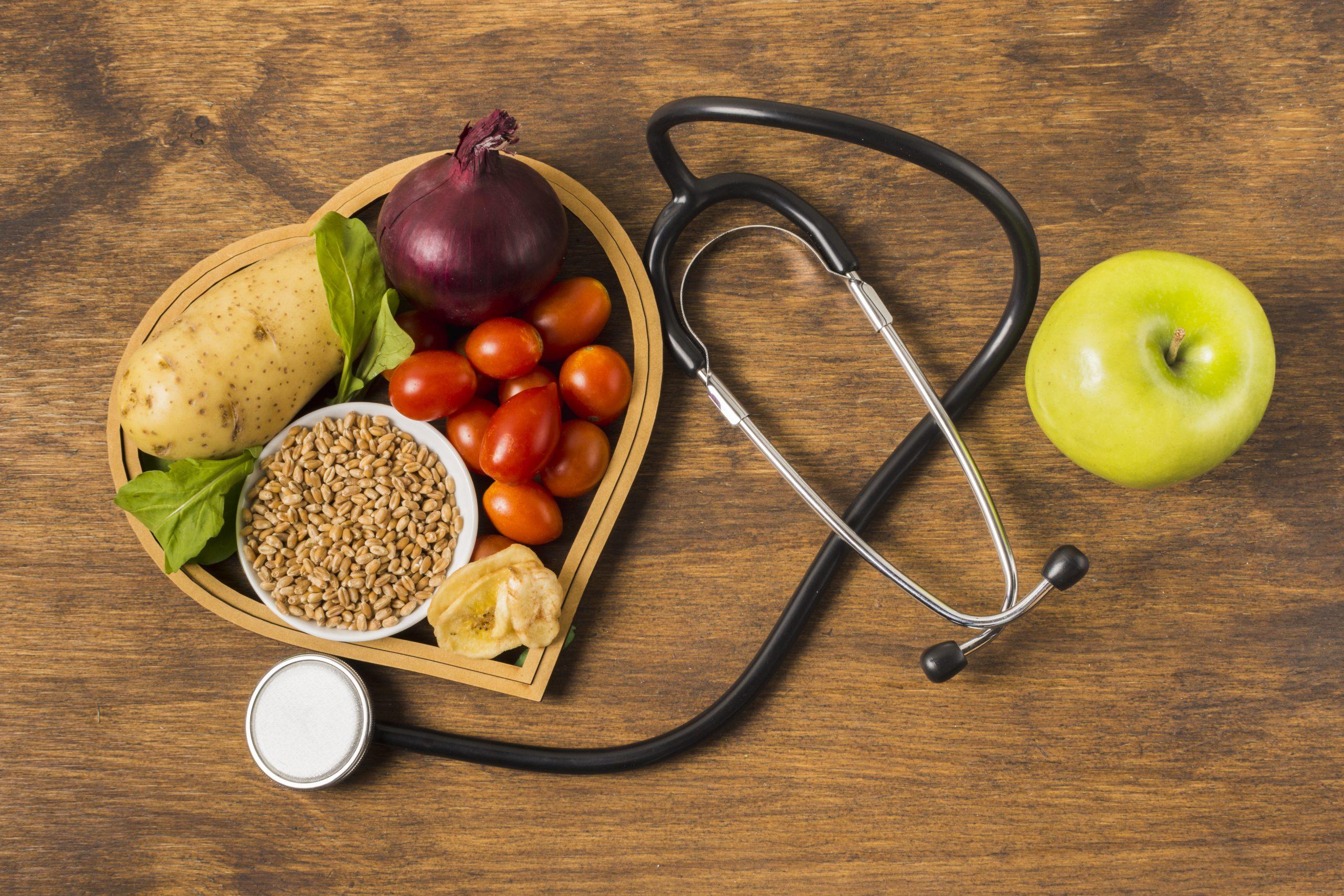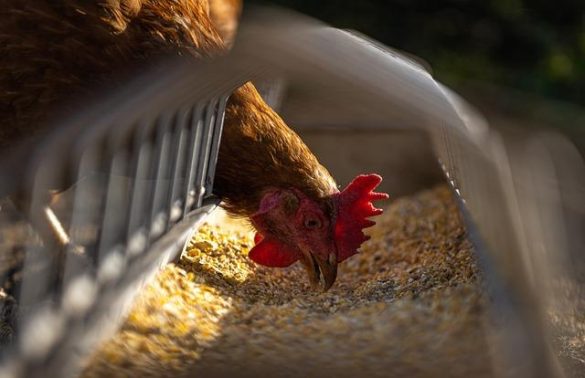When it comes to caring for our beloved pets, few decisions feel as personal and impactful as choosing the right food. In recent years, the debate between grain and nutrition/” title=”Grain-Free Goodness: The Perks of Pet Nutrition”>grain-free pet diets has sparked curiosity and concern among pet owners striving to provide the best for their furry companions. This warm guide aims to shed light on the differences, benefits, and considerations surrounding grain and grain-free pet food options. By understanding the nuances of each, you can make informed choices that align with your pet’s unique needs and lifestyle, ensuring their health and happiness for years to come. Whether you’re a seasoned pet owner or a newcomer eager to learn, this article will gently navigate you through the complexities of pet nutrition, offering clarity and confidence in your feeding decisions.
Decoding Pet Food Labels with Confidence
When it comes to choosing the right food for your furry friend, understanding the difference between grain and grain-free options can feel overwhelming. **Grain-based pet foods** often include ingredients like rice, oats, barley, and corn. These grains provide essential nutrients such as carbohydrates, fiber, and some proteins, which are beneficial for many pets. On the other hand, **grain-free pet foods** substitute grains with ingredients like potatoes, peas, lentils, or chickpeas. This choice is often recommended for pets with specific allergies or sensitivities.
- Grain-Based: Offers a balanced source of energy and nutrients.
- Grain-Free: Ideal for pets with grain allergies or specific dietary needs.
While both types have their advantages, it’s essential to consider your pet’s unique health requirements. Consult with a veterinarian to determine whether a grain or grain-free diet is best suited for your pet. This way, you can confidently navigate the pet food aisle, ensuring that your beloved companion enjoys a healthy and happy life.

The Nutritional Impact of Grains in Your Pets Diet
Grains have long been a staple in many pet diets, providing essential nutrients that support overall health and vitality. These ingredients are often rich in carbohydrates, which serve as a key energy source for active pets. Moreover, grains can be an excellent source of dietary fiber, which aids in digestion and helps maintain a healthy weight. **Vitamins and minerals** such as B vitamins, iron, and magnesium are also abundant in many grains, contributing to a well-rounded diet.
- Energy Boost: Carbohydrates in grains are crucial for sustaining energy levels, particularly in playful pets.
- Digestive Health: The fiber content helps regulate digestion, reducing the risk of constipation and promoting gut health.
- Essential Nutrients: Grains provide important vitamins and minerals that support various bodily functions.
While some pets thrive on grain-inclusive diets, others might benefit from grain-free options due to specific allergies or sensitivities. It’s important to observe your pet’s response to different foods and consult with a veterinarian to tailor their diet to their unique needs.
Choosing the Right Grain-Free Options for Your Furry Friend
When it comes to selecting grain-free options for your beloved pet, it’s essential to focus on the specific nutritional needs and preferences of your furry friend. **Not all grain-free foods are created equal**, and what works for one pet might not be suitable for another. Here are some key considerations to keep in mind:
- Protein Source: Ensure the grain-free option provides high-quality protein. Look for foods that list a named meat as the first ingredient, such as chicken, beef, or fish.
- Balanced Nutrition: Even without grains, your pet’s diet should be balanced. Check for a mix of vitamins, minerals, and other nutrients essential for their overall health.
- Allergies and Sensitivities: Some pets may have sensitivities not just to grains, but also to specific proteins. Be mindful of any ingredients that might trigger allergies.
- Consultation: It’s always wise to discuss dietary changes with your veterinarian, who can provide personalized recommendations based on your pet’s health history.
Remember, the goal is to find a diet that supports your pet’s well-being, energy levels, and happiness. A little research and consideration can go a long way in ensuring your pet thrives on a grain-free diet.

Balancing Your Pets Diet for Optimal Health
Choosing the right food for your beloved pet can sometimes feel like navigating a maze, especially when deciding between grain and grain-free options. Understanding the differences and benefits of each can help you tailor a diet that meets your pet’s unique nutritional needs. **Grain-based foods** often include ingredients like rice, oats, and barley, which can be excellent sources of energy and fiber. They can aid in digestion and are typically cost-effective. **Grain-free options**, on the other hand, substitute grains with ingredients like sweet potatoes or peas, which can be beneficial for pets with specific allergies or sensitivities.
- Grain-based Benefits: Economical, energy-rich, aids digestion.
- Grain-free Benefits: Ideal for sensitive pets, often higher in protein.
When selecting the perfect diet, consider your pet’s health status, activity level, and any potential allergies. Consulting with your veterinarian can provide personalized insights, ensuring your pet’s diet promotes vitality and longevity. Remember, every pet is unique, and their diet should reflect their individual needs.

